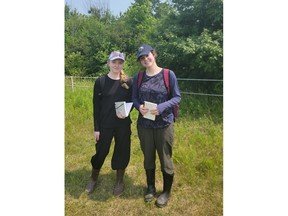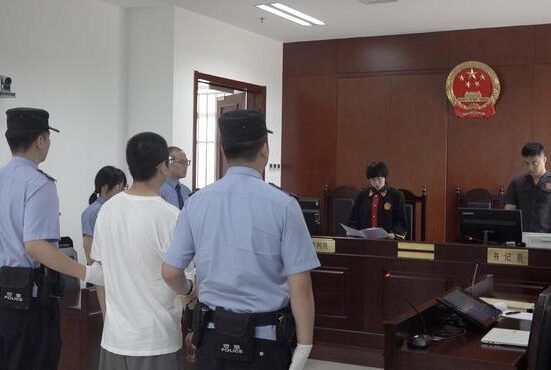“Under this view, the patentee could actually benefit from having a patent issue after its expiration date because the patent’s provisional-rights term would extend beyond the patent’s twenty-year term.” – Federal Circuit
 The U.S Court of Appeals for the Federal Circuit (CAFC) today issued a precedential opinion clarifying that provisional rights in a patent do not apply when a patent would issue after its expiration date. Judge Chen authored the decision.
The U.S Court of Appeals for the Federal Circuit (CAFC) today issued a precedential opinion clarifying that provisional rights in a patent do not apply when a patent would issue after its expiration date. Judge Chen authored the decision.
The appeal stems from the Patent Trial and Appeal Board’s (PTAB’s) decision affirming in part an examiner’s rejection of certain claims of Donald Forest’s U.S. Patent Application No. 15/391,116 ’116 under 35 U.S.C. § 103 and nonstatutory double patenting. The CAFC described the case at hand as “atypical” because Forest submitted the ‘116 application, titled “Apparatus for Selecting from a Touch Screen,” to the U.S. Patent and Trademark Office (USPTO) on December 27, 2016—one year after the application to which Forest’s application claims priority would expire. The ‘116 application claims priority to an application filed on March 27, 1995.
Forest did not dispute this but claimed he would still acquire provisional rights in the patent were it to issue, while the USPTO argued Forest had no personal stake in the appeal “because he cannot be granted any enforceable rights by a patent grant with zero term,” according to the CAFC opinion.
Forest argued that patentees are always entitled to provisional rights, regardless of when the patent issues “because provisional rights run from the date of publication to patent issuance,” and that the 20 year term under 35 U.S.C. § 154(a)(2) “has no bearing on the provisional-rights term,” noted the CAFC. But the court disagreed and explained the implications of adopting such a view:
“Under this view, the patentee could actually benefit from having a patent issue after its expiration date because the patent’s provisional-rights term would extend beyond the patent’s twenty-year term. Indeed, if we were to adopt Mr. Forest’s understanding of the statute, nothing in section 154 would stop him from receiving an expired patent with provisional rights while still pursuing another continuation application to gain a second round of provisional rights covering a subsequent time period through a later, second expired patent.”
The CAFC then went on to address whether, under the statute, a patent includes the grant of provisional rights when the patent would issue after its expiration date, ultimately answering definitively that it does not.
In part this is due to the dictionary definition of “provisional,” said the CAFC, explaining that provisional rights “are temporary, placeholder rights existing for only an interim period”—i.e., “until some other right comes into effect and replaces them.” Provisional rights therefore necessarily precede exclusionary rights and “do not exist simply in a vacuum,” said the opinion.
Forest’s only counterargument was that the statute’s text is clear and must be given its plain meaning, but the CAFC said this reading “engages in an overly narrow statutory analysis.” The statutory phrases in question must be read in context, said the court, and when one does so, the statute clearly “dictates that provisional rights must be granted with and precede the grant of exclusionary rights.”
The CAFC further rejected Forest’s contention that provisional rights are an exception to the statutory 20-year term of a patent, noting that such a “fundamentally surprising” interpretation of the statute would undoubtedly have been addressed by Congress, yet it was not. The CAFC thus dismissed Forest’s appeal.
Image Source: Deposit Photos
Image ID:510374994
Copyright:witsarut1803.gmail.com








